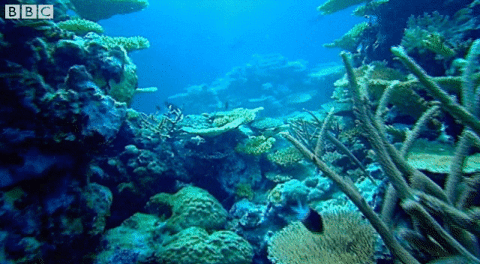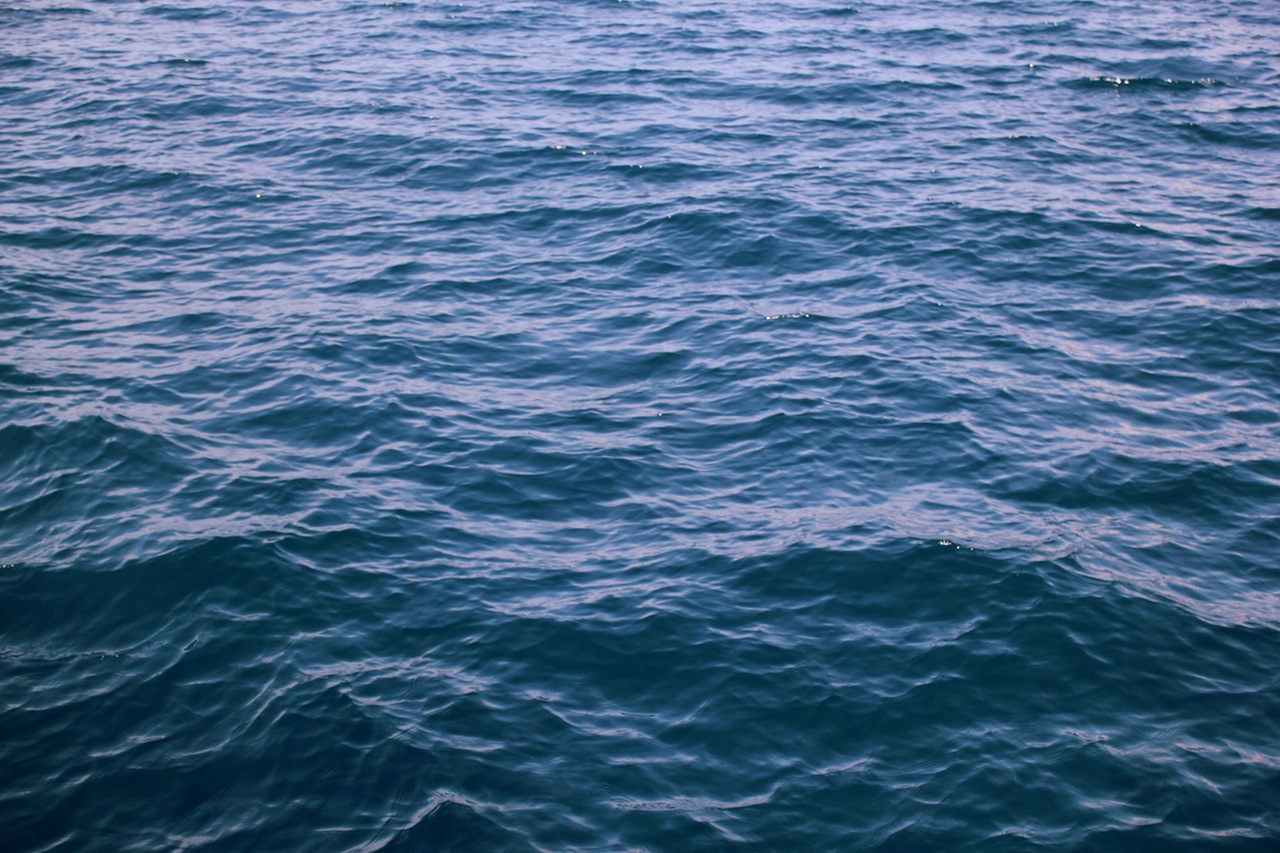If you lived in the ocean, spent your days afloat on vast, undulating blue waters, you would notice a lot of marine life.
All around you would be fish, eels, oysters, crabs, and corals. You might see a headless chicken fish if you swam past the midnight zone.
If you swam even deeper to the freezing depths of the abyssal zone, maybe you'd see a sea pig.
If you lived in the ocean, you would also notice that it's becoming too acidic for all the colourful, diverse, vital marine life that you share a home with.
"If you wonder why your Coca-Cola is acidic, it's because we pump carbon dioxide in it to carbonate it," Christopher Harley, an ecologist and professor at the University of British Columbia (UBC) says.
"A similar process is happening in seawater — as it absorbs more carbon dioxide, the water gets more acidic."
A little carbon dioxide is okay because it keeps our planet warm, but since the industrial revolution, we’ve been releasing too much through the burning of fossil fuels (such as coal, oil, and natural gas), cutting down trees and forests, disposing of waste improperly, etc.
And the ocean absorbs about 30 percent of it.
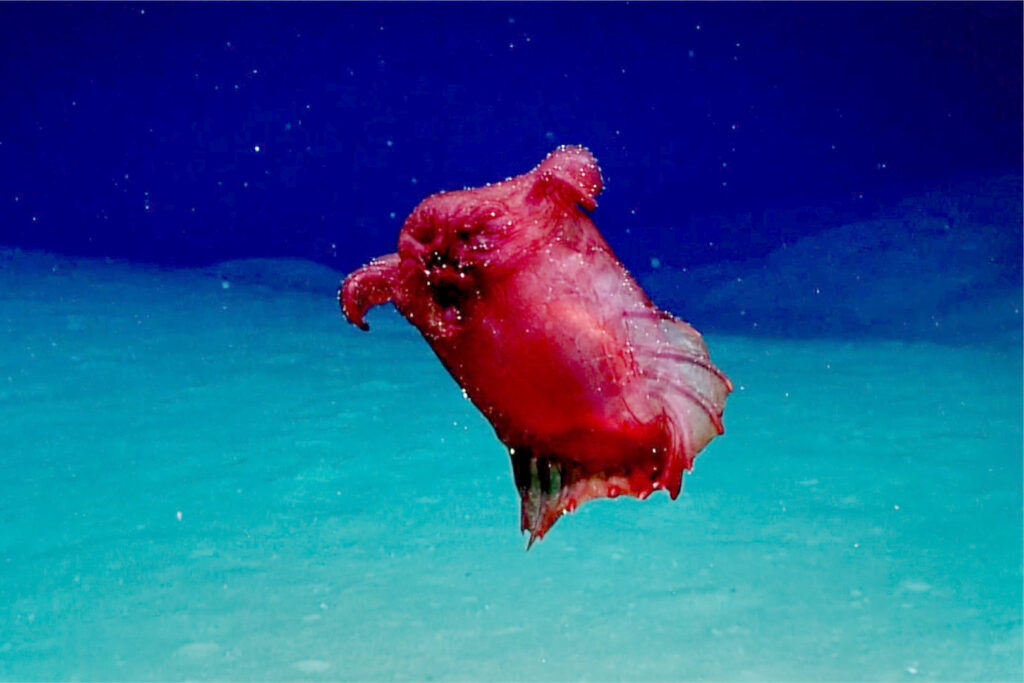
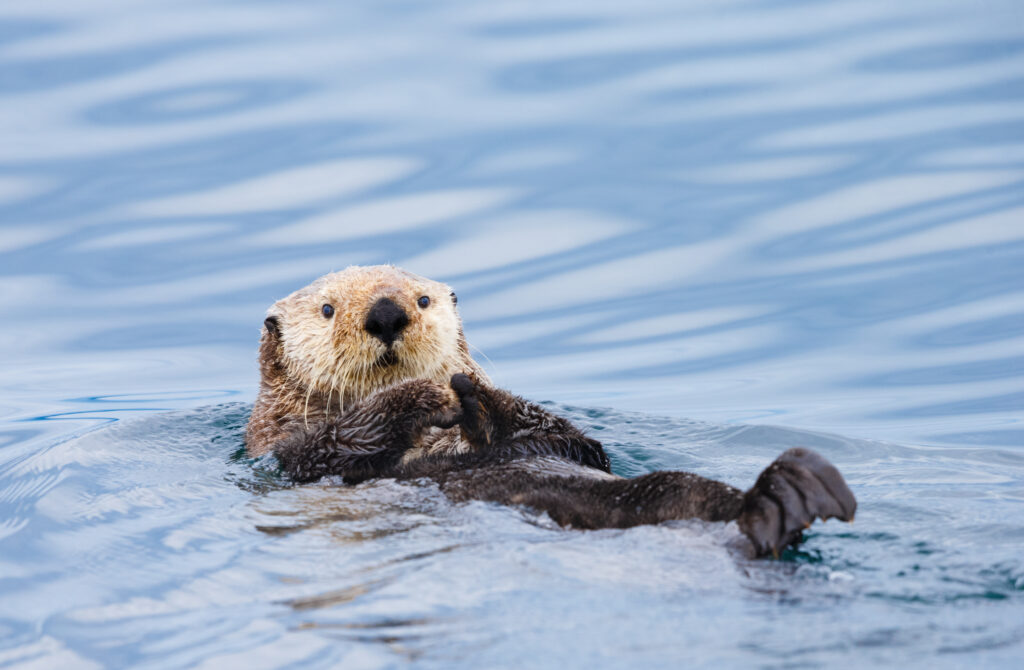
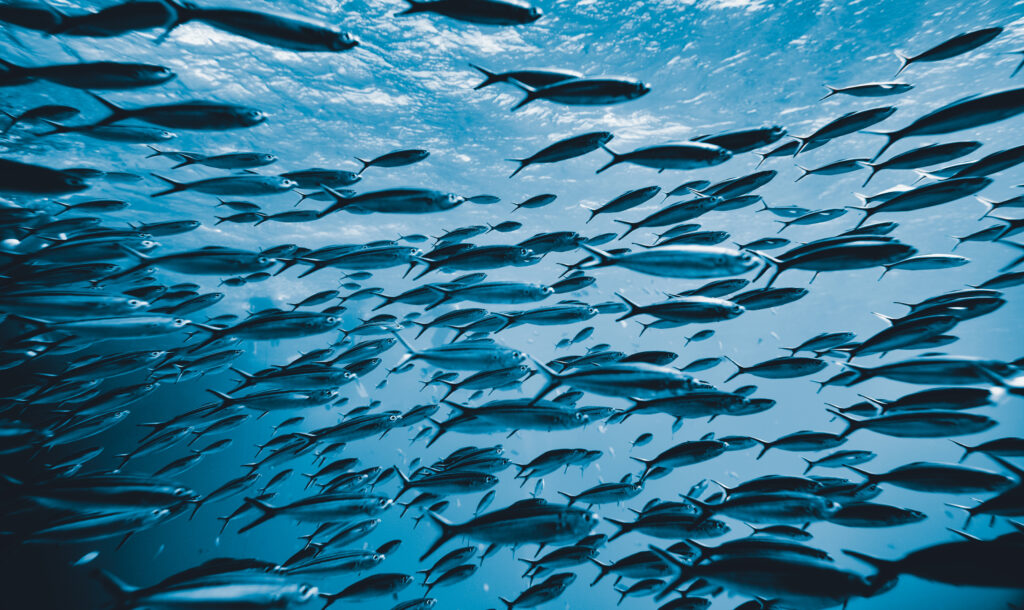
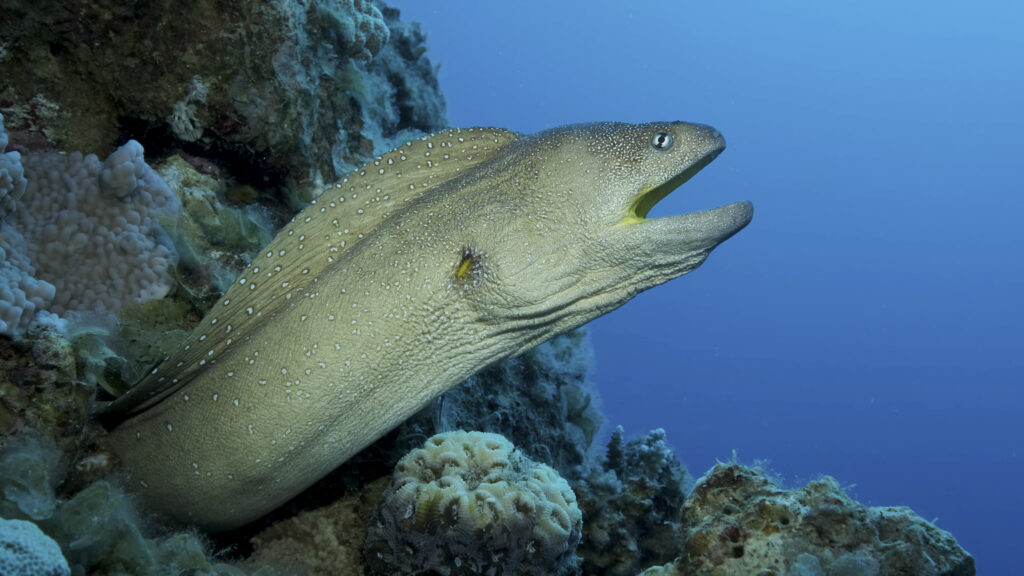
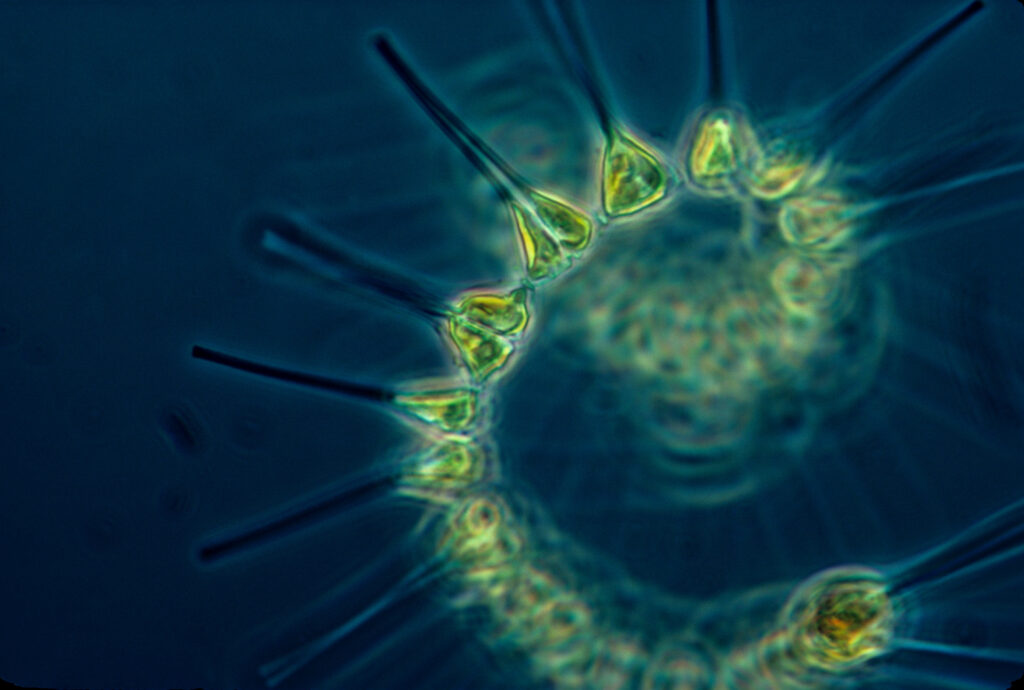
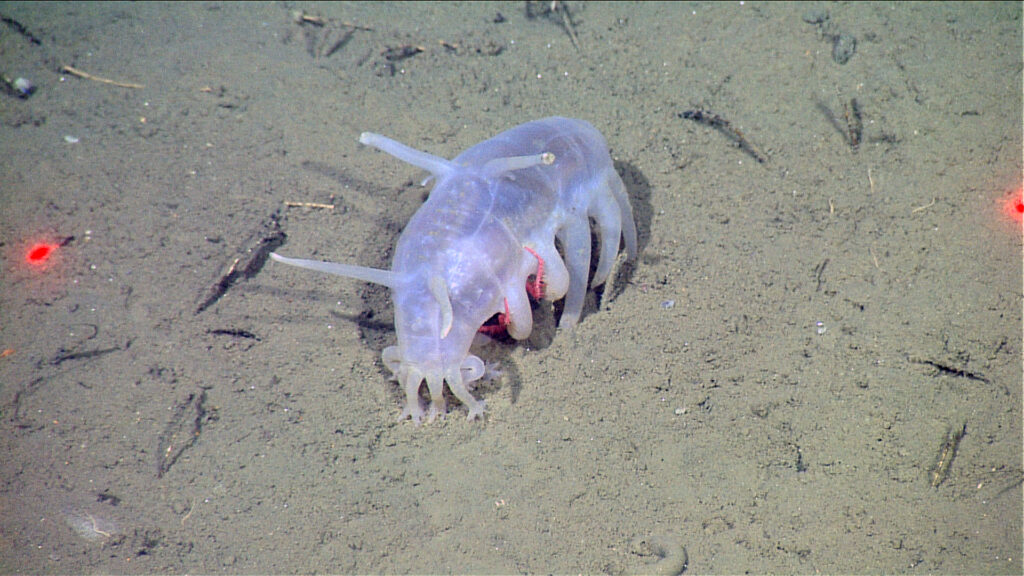
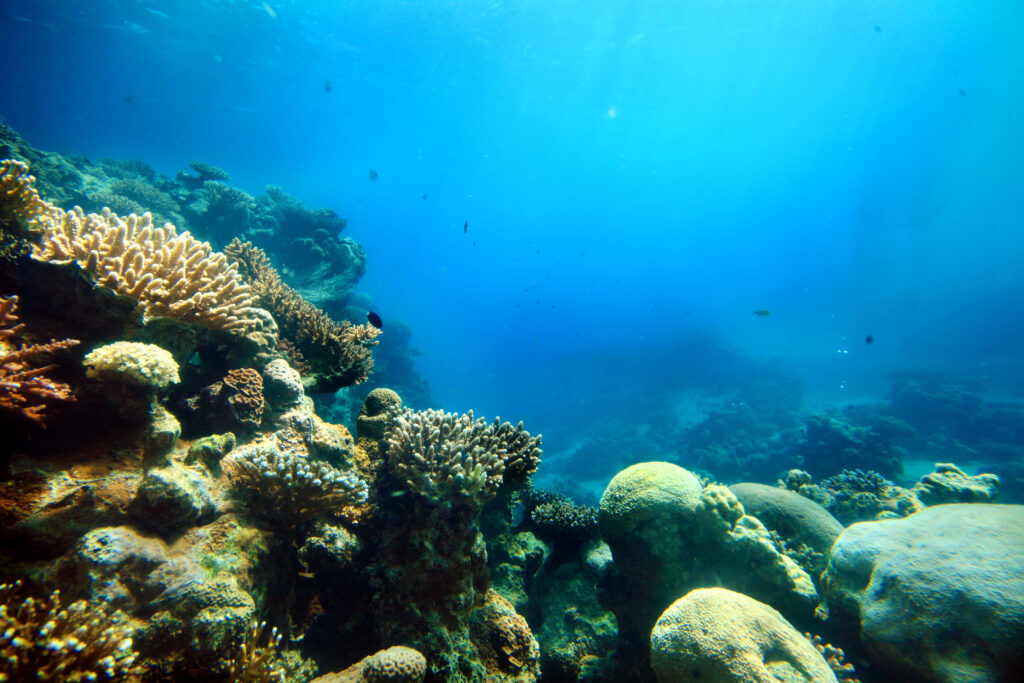
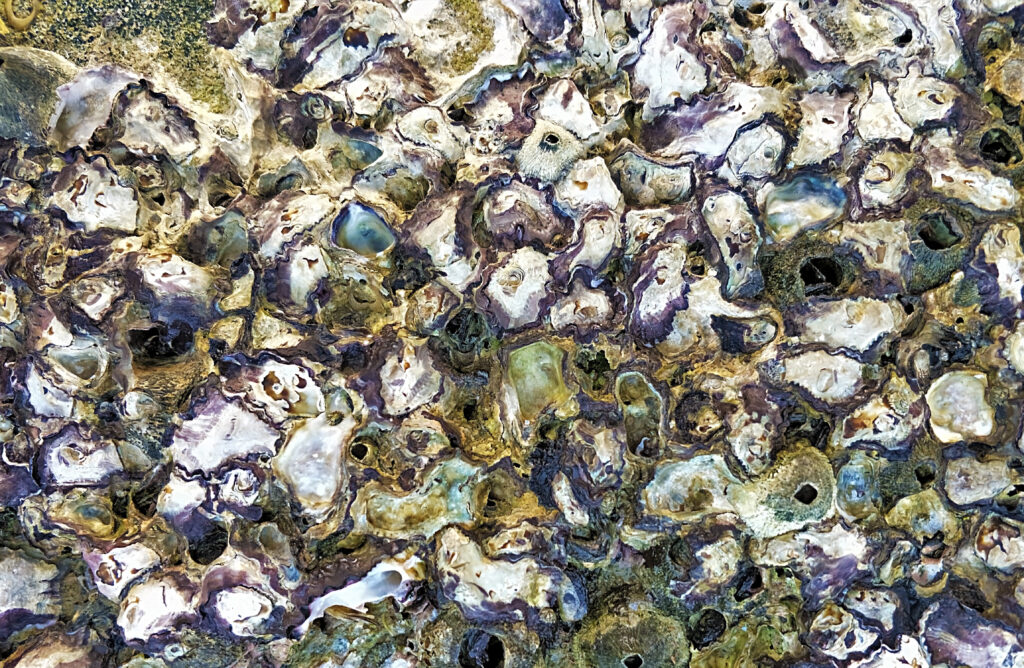
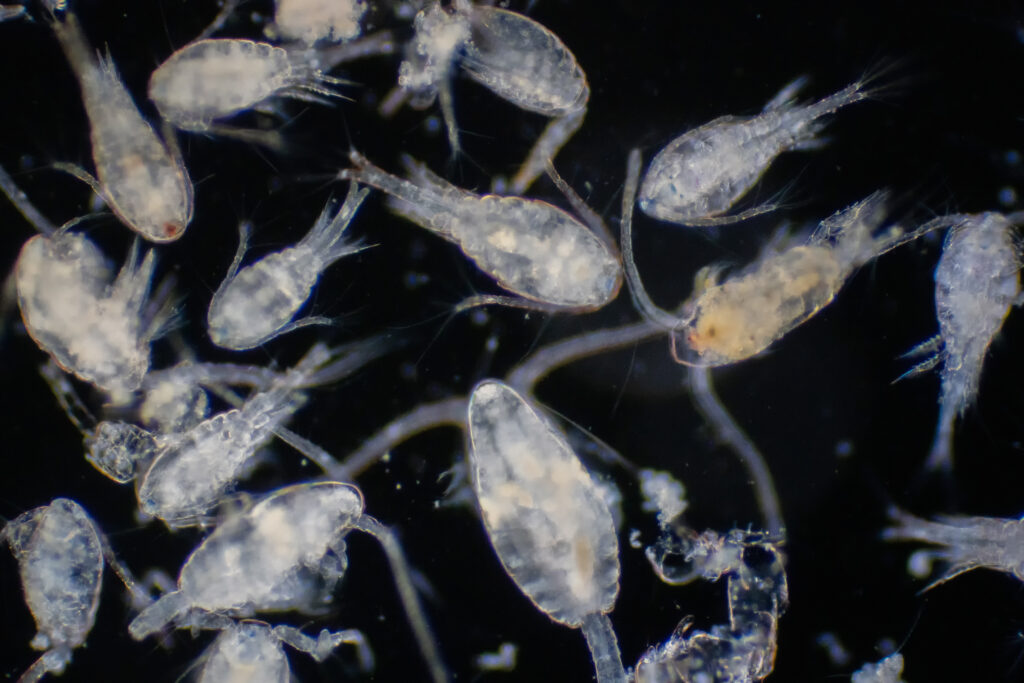
When carbon dioxide enters the ocean, a few things happen.
Tiny marine plants that float near the ocean’s surface, like phytoplankton, use sunlight to turn it into oxygen (a process we know as photosynthesis). Sometimes these little plants are eaten by zooplankton
Tiny marine plants that float near the ocean’s surface, like phytoplankton, use sunlight to turn it into oxygen (a process we know as photosynthesis). Sometimes these little plants are eaten by zooplankton ZooplanktonSmall animals that float in the ocean and play a crucial role in the marine food web. Zooplankton consume phytoplankton, which, in turn, have absorbed carbon dioxide from the ocean. who are eaten by other marine organisms, and the carbon dioxide keeps getting passed up the food chain. Other times, they die and sink to the bottom of the ocean, taking the carbon dioxide with them and locking it away for ages.
“That’s good news over long periods of time,” Professor Harley says. “The problem is we’re adding extra carbon dioxide so quickly that the ocean can't keep up.”
All the carbon dioxide the ocean absorbs isn’t just used by marine plants or algae.
Zana Mody, a marine socio-ecologist and PhD student at UBC’s Institute for Resources, Environment and Sustainability, explains that in the ocean, carbon dioxide mixes with water molecules to form carbonic acid (H2CO3) — “a weak acid that lowers the pH levels of the water.”
When the pH levels of the ocean decreases, its acidity levels increase — this is what scientists call ocean acidification.
Zana and Professor Harley say that the more acidic the ocean is, the harder it is for marine life to thrive. Sea life like oysters and clams struggle to build the shells they need to grow and live.

